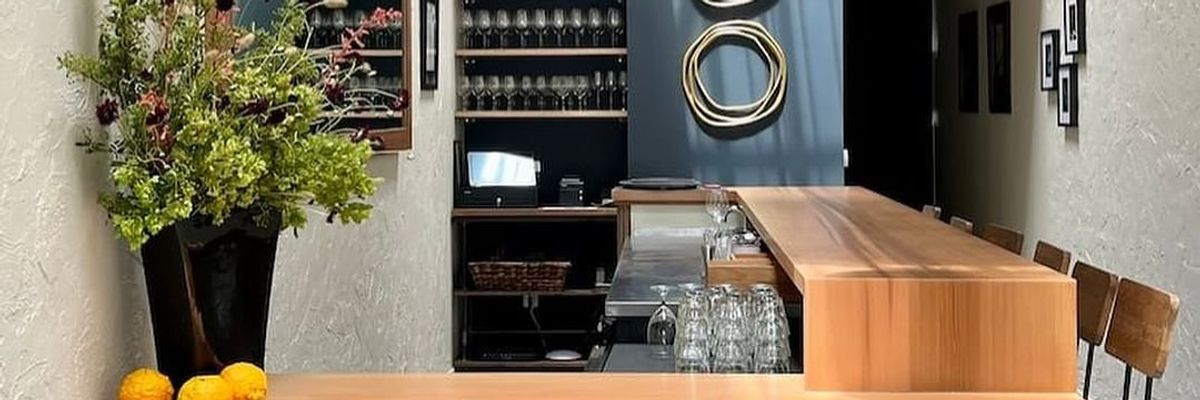There’s this one self-portrait of artist Tamara de Lempicka.
She’s in Paris, 1928, in the driver’s seat of a kelly green Bugatti racing car, her gloved hand casually gripping the wheel. Her signature blond bob is covered in a cream-colored leather driving cap and on her face she wears a look almost beatific in its hood-eyed beauty.
Commissioned for the cover of a German fashion magazine, the painting is an iconic symbol of the growing independence of women during Les Années Folles, “the crazy years” of cultural renaissance following World War I—and a reminder of just how much Tamara de Lempicka should have achieved.
For close to two decades, she was one of the best known artists of her time, her work virtually defining the Art Deco movement of the early 20th century. And then, as World War II consumed Europe, de Lempicka fell into unexpected obscurity. While there's a familiarity to some of her paintings, several having appeared in the background of movies and music videos over the years, her name has been virtually forgotten.
But almost a century after her breakthrough on the art scene, “it’s a little like the stars have aligned,” says Julie Rubio, director of The True Story of Tamara de Lempicka & the Art of Survival. The documentary debuts at the Mill Valley Film Festival on October 11th, just a day before the first U.S. retrospective of the artist’s work opens at the de Young Museum, and less than six months after Lempicka, a Broadway musical based on her life, was nominated for three Tony Awards.
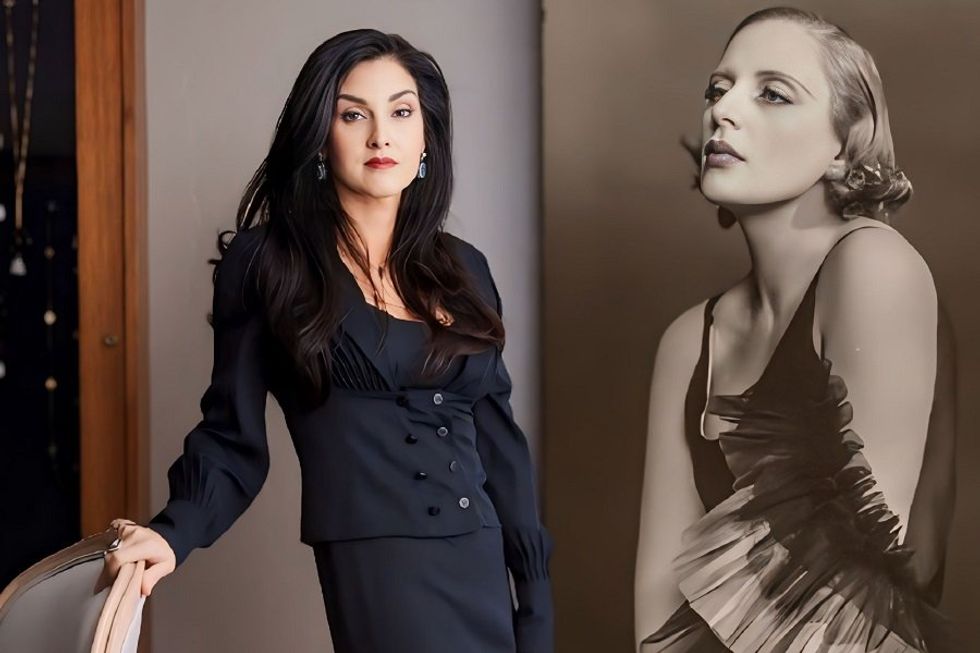
“I really think America is finally ready for her,” Rubio continues. “We’re so sick of hate, we’re so sick of suffering. We want to take our pain and make something beautiful like Tamara de Lempicka did.”
Indeed, the artist’s story is built on a scaffolding of highest highs and lowest lows. A refugee twice over, escaping Warsaw for Paris in the Russian Revolution in 1917, then the Nazi invasion of her adopted city in 1939, de Lempicka knew what it was to have everything disappear in an instant. When she sold a painting, she bought a diamond bracelet, knowing jewelry was one of the few things small and precious enough to sew into her clothing if she ever had to flee again.
“She was really a survivor and quite brilliant,” says Rubio.
Whether or not a woman artist attained recognition in the early 20th century often depended on being married to or getting a leg up from a male artist. De Lempicka, on the other hand, painted because her husband refused (or was unable) to work. Having been classically trained in art as part of her privileged upbringing, painting portraits was the only way she knew how to earn a living. Fearing she wouldn’t be taken seriously as a woman, de Lempicka signed her first works with a man’s name.
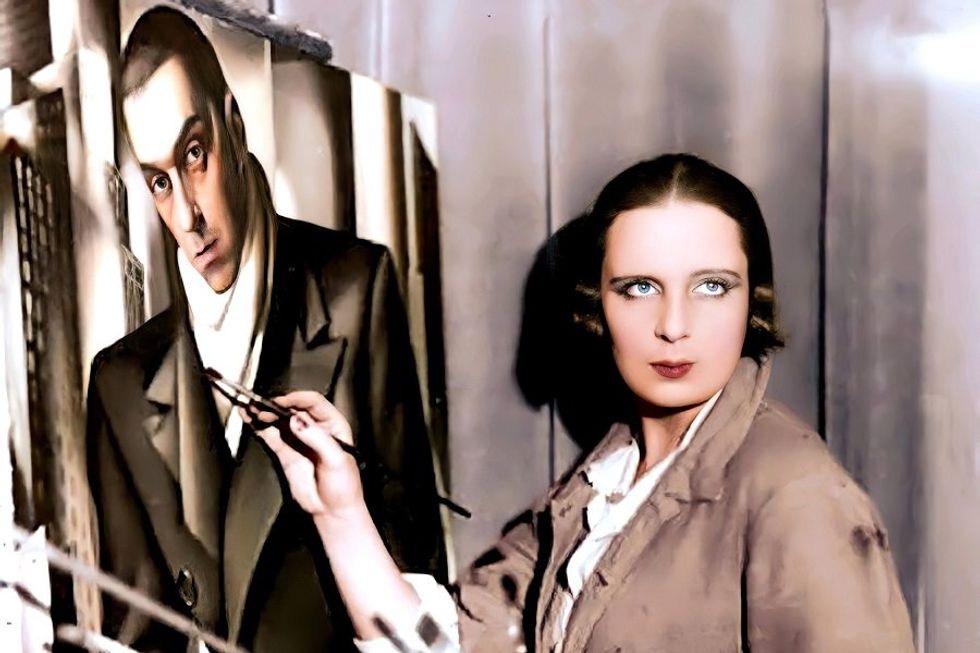
By the mid-1920s, de Lempicka was transforming into a bonafide celebrity. In spite of her gender, critics recognized her talent and unique style—part modernist, part cubist, part expressionist. Leaning into her outsider identity, she played up her feminine charm, branding herself long before the concept of self-branding existed. She threw lavish parties and made no effort to conceal her bisexuality and relationships with beautiful women, even painting them in the nude in all their fecundity and feminine pleasure.
“If a woman painted nudes it was considered perverse, but they didn’t call the men perverse,” says Rubio. “She was breaking down these glass barriers for women to follow. She saw this future where people could be who they wanted to be and love who they wanted to love.”
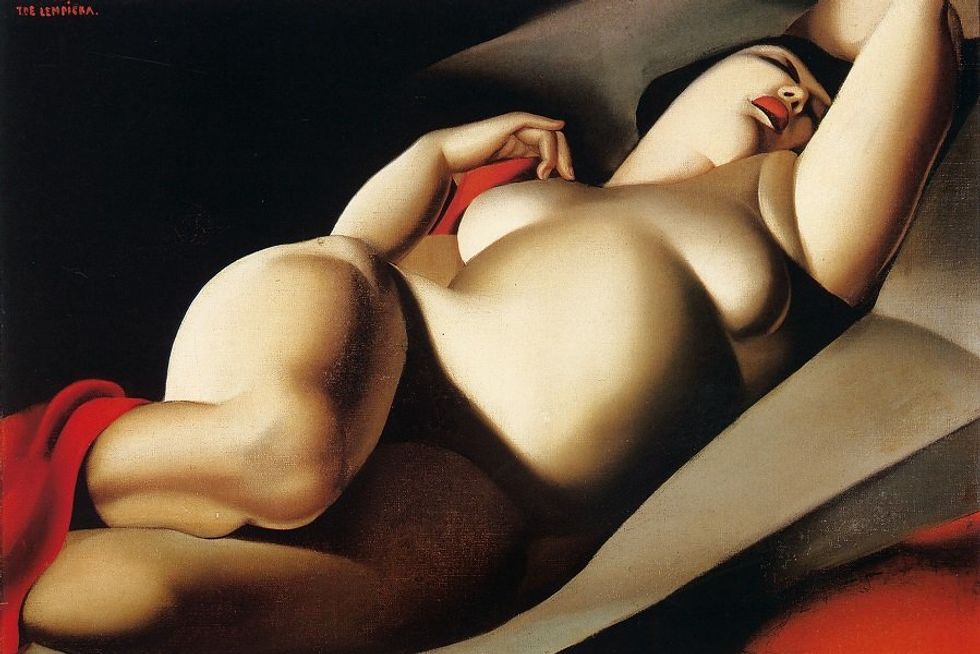
“I live life in the margins of society, and the rules of normal society don’t apply to those who live on the fringe,” de Lempicka once said. But even despite her brazen exterior, there were aspects of herself she kept concealed throughout her life.
“For years the world believed Tamara de Lempicka was born in 1898 but our research uncovered a different truth,” says Rubio. New findings proved that she was actually born Tamara Rosa Hurwitz in 1894. Her family changed her name and birthdate when they converted from Judaisim to Calvinism when de Lempicka was a small child.
“Those conversions were forced, usually,” Rubio explains. “It wasn’t an act of deceit, it was to protect the family from persecution. It sheds light on the measures she had to take in order to survive. She coded her struggles and her resilience and her identity into each of her paintings.”
While her secret was never revealed, it didn’t keep de Lempicka from being marginalized and under-appreciated both in her lifetime and after her death in ways a man of her talent and reputation likely never would have experienced. Even decades after her passing, making a documentary about the trailblazing artist was an uphill battle that took Rubio more than 20 years to fight.
“When I was looking for funding, I was told ‘we’re sick of women films, we’re sick of the minority story. I was told these kinds of movies aren’t going to sell anymore.”
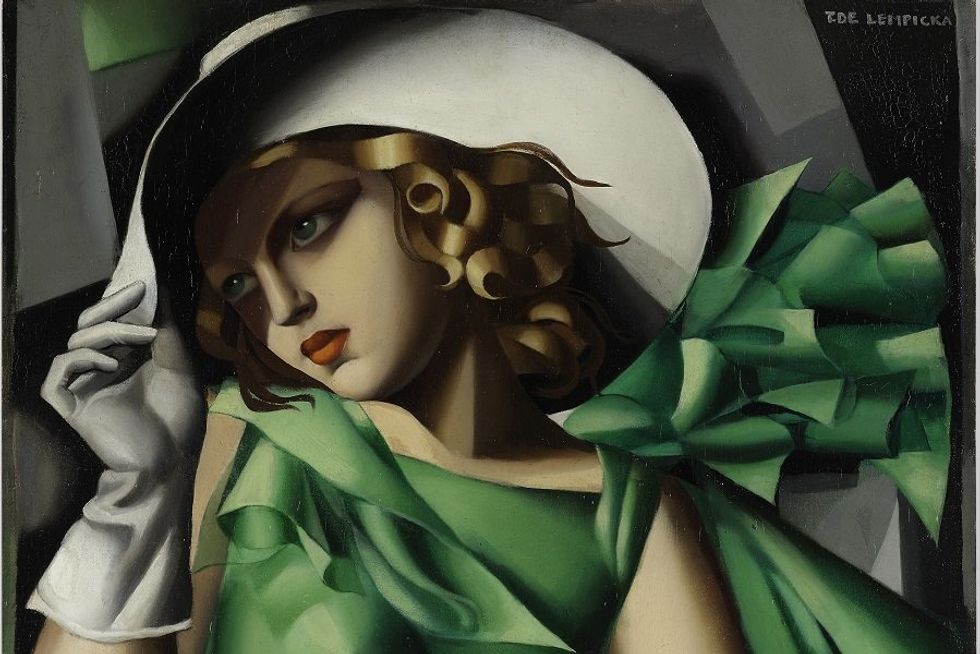
But de Lempicka’s life as a refugee, as someone who felt forced to keep aspects of her identity hidden, resonates more today than ever, says Rubio. “History is repeating itself again. The profound impact of her story, I think, is understanding the resilience of all refugees and all people who are other.”
“There are no miracles, there’s only what you make,” de Lempicka once said—and what she made is finally getting the recognition it’s long awaited.
On October 8th, join film director Julie Rubio and USF art history professor Paula Brinbaum at 7x7 Social Club (524 Washington St.) for a film preview and talk about the artist’s resurgence; get tickets at tickettailor.com.
// The True Story of Tamara de Lempicka & The Art of Survival premieres at the Mill Valley Film Festivalat 7pm on October 11 and at 2pm on October 13. It will appear at SF’s Roxie Theater on October 26; for more info visit tamaradoc.com.
Tamara de Lempicka runs at the de Young Museum from October 12 through February 9, 2025. The True Story of Tamara de Lempicka & The Art of Survival will be screened at the museum on January 11, 2025; famsf.org.
















